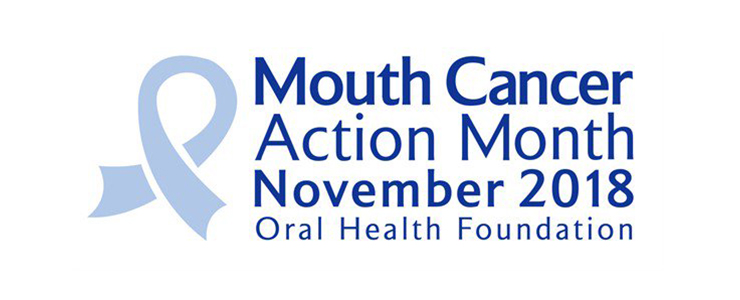Recently published findings from an online survey conducted by Harris Poll, have identified that a massive 40% of us in the UK are considering some form of cosmetic treatment over the next year or so. Survey results have been divided into those wishing to have a cosmetic surgery procedure, and those wishing to have non-surgical enhancement work. Interestingly, cosmetic dentistry tops the non-surgical poll.
The poll, which was undertaken amongst a large sample of 1,030 UK adults aged 18 and above, was carried out during the summer of 2018 and looked at future interest in surgical and non-surgical cosmetic procedures.
Topping the aesthetic enhancement poll were the following treatments:
- Cosmetic dentistry (such as straightening, veneers, whitening)
- Laser hair removal
- Facial treatments (such as microneedling and dermaplaning)
With the main reasons for wanting to make these cosmetic tweaks being an increase in self-confidence and self-esteem, it’s no wonder cosmetic dentistry features so high up the list. Here at CK Dental, we know how important it is to our patients to have a smile that they are proud of and confident of. It is one of the first things that people notice upon meeting and interacting with others and can make a huge difference in terms of how people feel about themselves.
So, which cosmetic dentistry procedures are driving this trend?
According to the Consumer Guide to Dentistry, teeth whitening is the most popular cosmetic dentistry procedure. It is easy and quick to perform, and results are instantly noticeable. Although DIY kits are available for people who wish to try this at home, the best results are achieved by visiting an expert and having your teeth whitened by a qualified dental professional.
Porcelain veneers are also growing in popularity, especially for those whose teeth are damaged beyond the capabilities of teeth whitening to fix aesthetic problems like serious discolouration. This procedure involves a porcelain cap being fitted over the existing tooth, which adjusts the colour or shape of the original tooth.
For those of us who are not blessed with naturally straight teeth, many are opting for invisible braces. Most of us think of the unsightly metal train-track braces that were offered in our youth, but thankfully as an adult, there are many more discrete options available nowadays.
It is no wonder that cosmetic dentistry is now desired by so many. In fact, the Consumer Guide to Dentistry cites research undertaken across the pond by the American Academy of Cosmetic Dentistry, which reports that “a staggering 99.7 per cent of adults view a smile as an important social asset, with 74 per cent believing that an unattractive smile has the potential to inhibit career success.”










